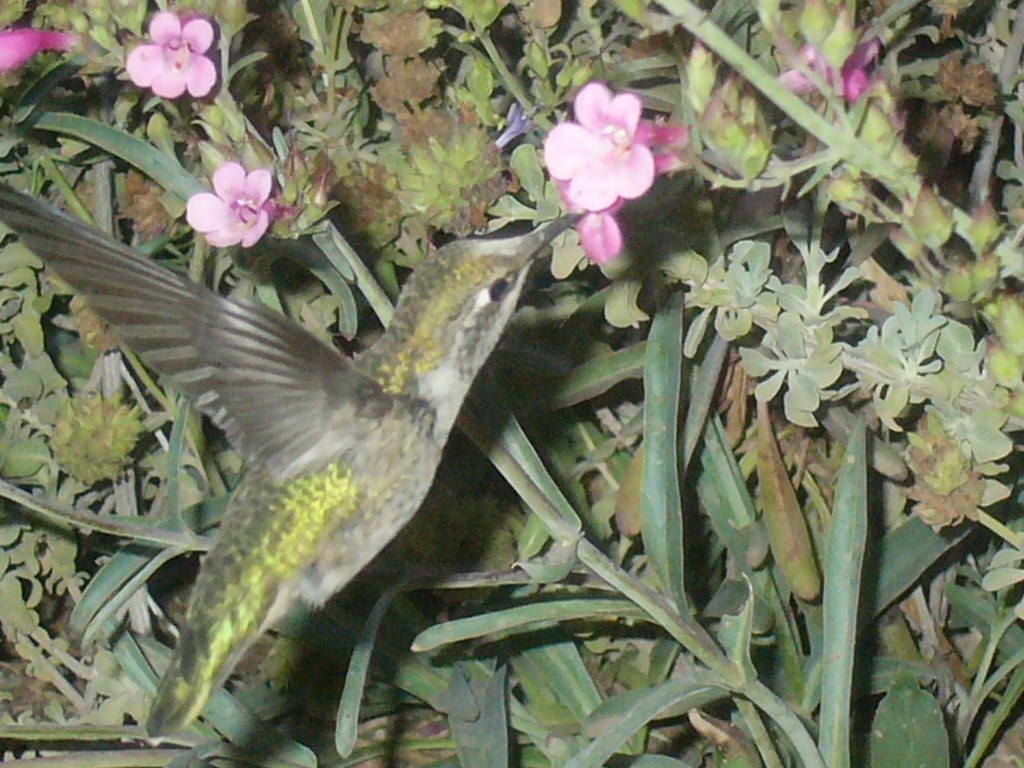TheGardenLady just discovered the Duke Farms Eagle Cam. You can watch Eagles hatch and then be raised.
12 Things To Do In Your Garden In April
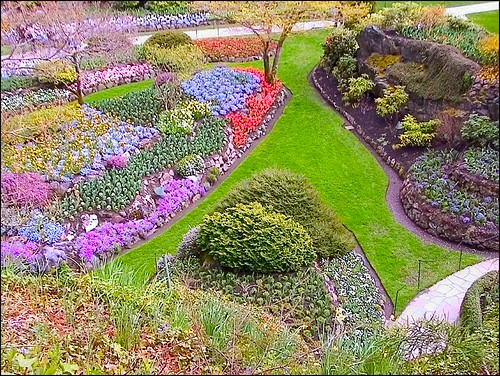
Eager to get out to work in your garden? There are many things one can do in April. This list is especially for those who live in the mid Atlantic states where the temperature range is from the 50’s to the mid 60 degrees Fahrenheit (approximately between 10 and 20 degree Celsius). If your area is still too cold or already too hot, some of these suggestions may be too early or too late .
1. Have your soil tested – best to go to your local Master
Gardener/Agriculture extension service for the test kit – see here.
2. Improve your soil with organic matter- use your compost if it is
ready – see here.
3. If you are using it, incorporate pre-plant fertilizer now – see here.
4. Plant roses – see here.
5. Prune roses as soon as buds begin to push – see here.
6. Plant perennials and cold tolerant annuals – see here.
7. Divide late blooming perennials – see here.
8. Plant trees and shrubs
9. Fertilize trees and shrubs if needed – see here.
10. Prune trees and shrubs but not the spring blooming trees and
shrubs- correct all winter damage by pruning – see here.
11. Start seeds indoors – read the seed packet (don’t start tomato
seeds too early- see here.)
12. Plant cool-season vegetables – see here.
The Nature of Glass: Chihuly Exhibit at Desert Botanical Garden outside Scottsdale
TheGardenGirls – two 7th grade girls, one of whom is the granddaughter of TheGardenLady – were in Scottsdale over Spring Break. They decided they were going to be photojournalists when they visited the Desert Botanical Garden, which is hosting an exhibit by the world famous glass artist Dale Chihuly. The exhibit lasts until May 31st of 2009. You definitely shouldn’t miss it. It’s wonderful.
You can visit Chihuly’s site here. Before you go please check out TheGardenGirls’ photos here, and let them know what you think.  Just click on a photo and it will enlarge.
Garden Peas and Sweet Peas

The Ides of March, March 15th, and St. Patrick’s Day are old time farmers method of knowing when to plant peas and sweet peas, the flower- at least those farmers on the North, Northeast and Mid Atlantic sections of the US. Of course, if the soil is workable, peas and sweet peas could be planted
even earlier. TheGardenLady has heard of New England farmers planting
the seeds even when the snow is still on the ground. Peas are frost hardy and love cool weather. They can grow wherever there is a long enough cool season- about 55 to 80 days. Peas need cool temperature to grow and produce. Peas like full sun in cooler temperatures or can grow in partial shade, but the flavor won’t be as good in the shade.
If you can raise your own peas, you will be rewarded with one of the most delicious vegetable. And the more one harvests, the more peas are produced on the plant. Peas taste best that are fresh out of the garden; the longer they are off the vine, the more they lose their sweetness. They are so delicious, lots of people like to eat them raw when they are picking them in the garden. And cooking fresh peas takes only a very brief time.
Sweet peas are delightfully charming, mostly fragrant flowers that can be planted at the same time as peas. They will bloom in the late spring and if the area is cool enough, can continue blooming into the fall. They also prefer full sun but will tolerate partial shade.
Sweet peas flowers should be pinched out when they are dying on the plant to encourage more flowering. Sweet peas flowers and seeds are NOT edible. They are poisonous.
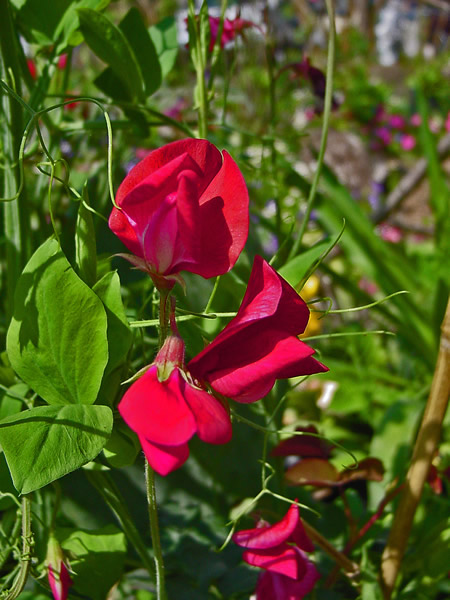
eGardeners Place

Because of the economy, everyone wants to save money. TheGardenLady
is no exception. As TheGardenLady learns about money saving tips, she will be letting her readers know about them. One way to save money is on shipping expenses. For example, if the reader wants to buy seeds from more than one catalog, the reader would have to spend different shipping charges. These mailing charges can add up. But there is a website where one can save on shipping charges. It is called the eGardeners Place. Here you can shop from 9 different catalogs and pay only 1 shipping fee!
Biblical Garden Foods for the Winter Holidays

Allium Cepa by Bambo
It is December and many of TheGardenLady‘s readers are celebrating either Hanukah or Christmas. The house is decorated in the appropriate way for the holiday you celebrate and food will be a main part of the festivities.
So this year TheGardenLady is suggesting that her readers try to cook with some of the herbs (Bible herbs) or foods that are mentioned in the Bible.
While friends and family are seated at the dinner table enjoying the special holiday treats, talking about the foods in the Bible might even add to your discussion – after all these celebrations are related to the Bible plus TheGardenLady‘s readers are those who are interested in plants, even ancient ones. And these dinner discussions might encourage some readers to grow the Biblical favorites in their own gardens.
Some of the Biblical foods mentioned are garlic and onions. Onion, garlic or shallots are all in the allium family of plants, relatives of the Lily. The common onion is the allium cepa (see photo above), the garlic is allium sativum and the shallot is Allium ascalonicum named for the city, Ashkelon in Israel from which it was supposedly brought to Europe by the Crusaders. (Alliums are now becoming a popular flowering plant for the garden; Allium giganteum is a particular favorite in TheGardenLady’s ornamental garden. Though ornamental alliums are not for eating.)
Lentils – Lens culinaris is another food mentioned in the Bible. Lentils are thought to be the oldest cultivated legume.
Some other foods mentioned in the Bible are honey, olive oil, and cinnamon.
This holiday you might try a Baked Honey Lentil Casserole as part of your menu. This casserole is composed of herbs, spices and vegetables that were eaten during Biblical times.
- Baked Honey Lentil Casserole for 6 as a side dish.
Cook 1/2lb red lentils as directed on the package. (Do not add salt when cooking lentils.)
Make a mixture of 1 tsp. dry mustard (optional), 1/2 teaspoon cinnamon, 1 small onion in small dice, 1Â clove garlic minced, now add salt- 1 tsp or to taste.
All the above items are mentioned in the Bible. (You can add ground black pepper to taste.) Mix this mixture into the cooked lentils and taste to see if you want to add more of any herbs or spices.
Put 2 Tbsp Olive oil on bottom of casserole- olives and olive oil were used in the time of the Bible.
Then pour the cooked lentil mixture into the casserole and pour 1/4 to 1/2 cup of honey on top. It depends on your sweet tooth. (Honey is another food that was used during Biblical times.)
Cover the casserole tightly with the lid or with aluminum foil. Put casserole in a preheated 350 degree oven and bake until tender- start checking after 1/2 hour- it could take up to 1 1/2 hour. When tender, take the lid off and let cook uncovered for another 10 minutes and serve.
Happy Holidays
Acid for Hydrangeas

TheGardenLady received this question from Martha:
How can I add acid around my hydrangeas?
Because hydrangeas like an acidic soil – especially if you want the blue blooms- you can supplement the fertilizer and add acid. Know that not all the hydrangeas will change color. Usually it is the pink and blue hydrangeas that can have their flowers change color, not the white or red hydrangeas.
Any of the following will help: aluminum sulfate (1/4 oz. per gal. of water) which can be bought in many garden stores, egg shells, coffee grounds which you can get free, TheGardenLady was told, at places like Starbucks, ground up orange or grapefruit peels.
Soil for Knockout Roses
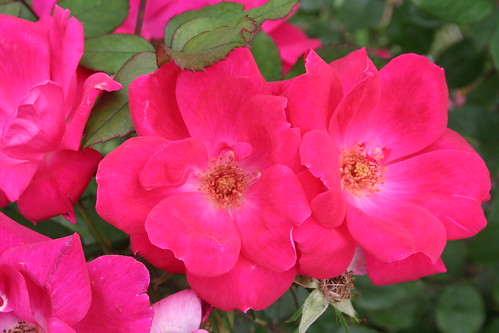
TheGardenLady received this question from Pat:
I am getting ready to plant Knockout Roses in my garden in northern South Carolina, and wonder how to best prepare the soil? We have very dense red clay mixed with some sand. Any recommendations on how to get these roses off to their best start in this type of soil?
Sorry it took so long to get back to you with a response, but TheGardenLady went right to one the sources of KnockOut Roses (see here) to get you the answer. I added a link to Permatill, a product mentioned in this column.
Here is the advice from a spokesperson for Novalis Plants that Work:
Flopping Daffodils
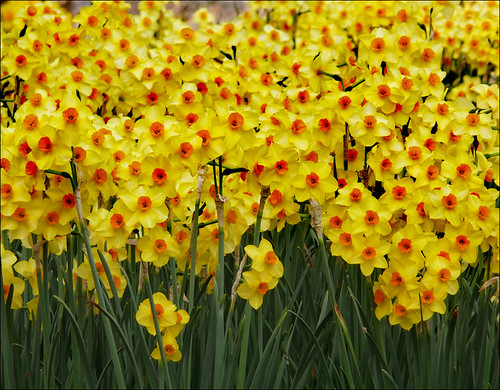 Â
Â
TheGardenLady received this question from Shelly:
My daffodils have grown, but after a few days, they fall over, should I put some bone meal in the soil? I have Tulips and day lillies in the same bed, around a tree.
If your plants look healthy, no diseases on them, there are a few reasons that your plants are falling over. Â Daffodils can be blown over by strong winds or if there are heavy rains, the rain can make the leaves and flowers flop over.
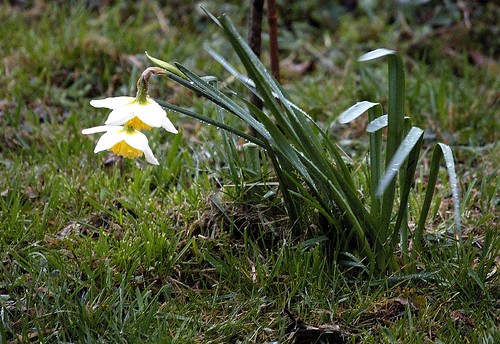
But generally, the reason the leaves and flowers of outdoor planted bulbs flop over is because of the planting depth. Planting depth and spacing are very important to the success of bulbs.
Planting Flowers in Maine
 Â
Â
TheGardenLady received this question from Maryjane:
I summer in Maine under white and Norway pines. The soil is acidic. I want to plant flowers. What suggestions can you make for raised beds?
How lovely to summer in Maine and create your own flower gardens.
Your letter does not say whether you want to plant annual or perennial flowers to enjoy during the summer. Do you want a show garden or a cutting garden? Or do you want to plant flowering shrubs like azaleas, hydrangeas or roses?
There are many annual and perennial flower suggestions for flower beds. To decide what you would like that grows well in your area, it would be nice to walk around and see what is growing nicely in your neighborhood. Besides the soil acidity, you have to consider the amount of sun or shade where your beds will be located; so looking at your neighbors gardens or public gardens will let you know which plants are most successful and which plants you like. Since you are writing to TheGardenLady at this time, you apparently want to get an early start on choosing your plants or seeds and won’t have the time to look.


